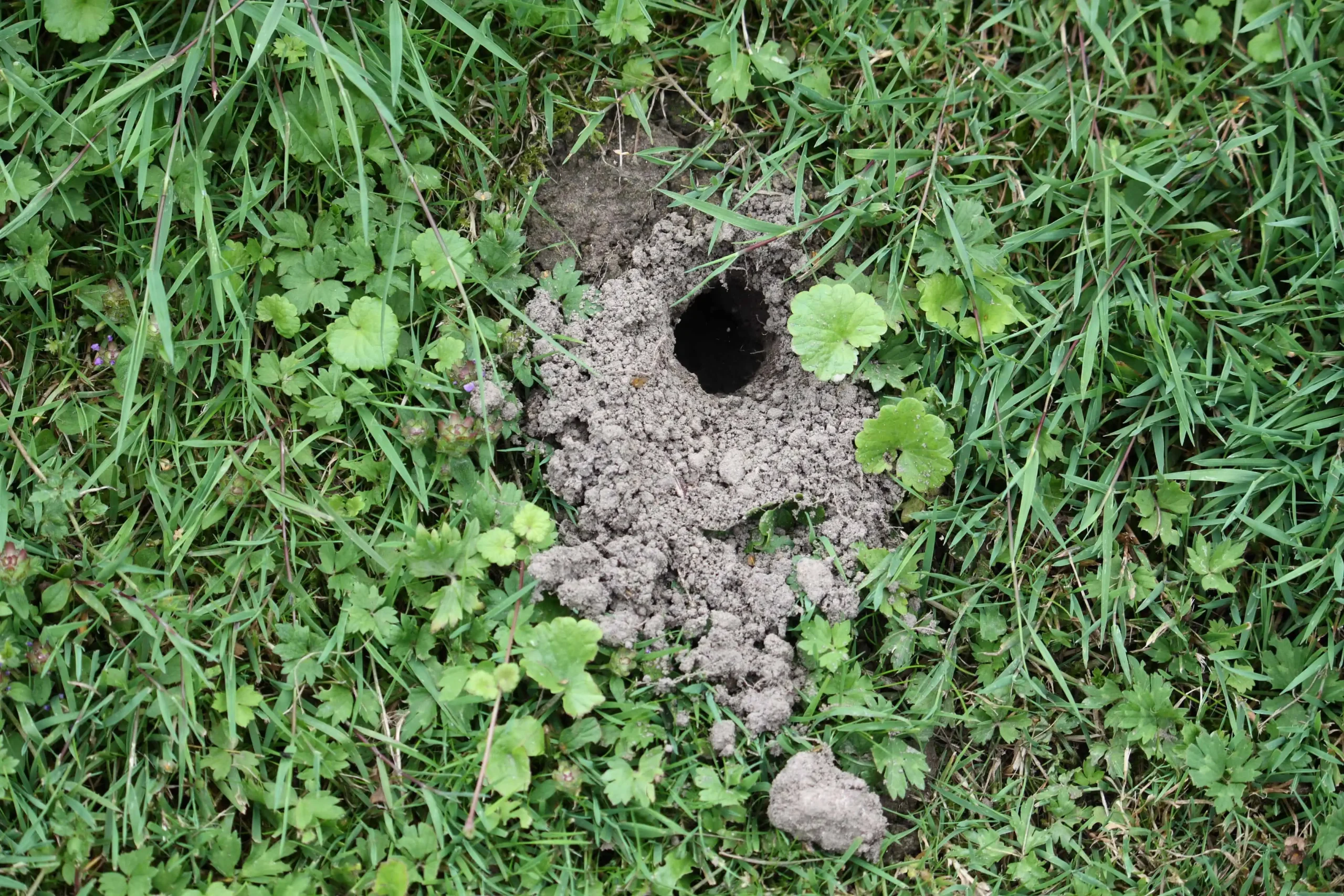Efficient Vole Control Solutions: Managing Vole Pest Issues
Efficient Vole Control Solutions: Managing Vole Pest Issues
Blog Article
Comprehensive Guide to Reliable Vole Parasite Control: Problem Identification and Therapy Methods
In the world of effective parasite control, vole infestations posture an one-of-a-kind difficulty that requires a strategic approach. By discovering the nuances of vole actions, comprehending vital indicators of infestation, and reviewing a variety of control alternatives, one can establish an extensive strategy to battle these elusive parasites.
Comprehending Vole Actions
Vole habits is identified by their burrowing behaviors and rapid recreation rates, making them a difficult insect to regulate successfully. These small rodents usually produce detailed tunnel systems underground, using them for sanctuary, food storage space, and transport. Voles are herbivores, consuming a variety of plants, grasses, roots, and bulbs, which can cause substantial damages to yards, orchards, and lawns. Their rapid reproductive rate additional makes complex control initiatives, with women capable of producing several trashes in a single year, each consisting of numerous spawn.
Comprehending vole habits is crucial for reliable pest control approaches. By determining their burrow areas, keeping an eye on feeding areas, and applying targeted control techniques, such as capturing or habitat adjustment, vole infestations can be handled effectively.
Indications of Vole Infestation

Prevention Methods
Implementing efficient avoidance strategies is critical in minimizing vole invasions and guarding vegetation from their harmful feeding behaviors. To avoid vole problems, it is important to begin by eliminating prospective food resources and shelter.
Frequently examining the building for indications of vole activity, such as paths and burrow openings, is essential for early detection and timely action. If vole task is suspected, think about using traps or repellents purposefully placed near their pathways.
Non-Lethal Control Approaches
To effectively take care of vole populaces while focusing on gentle techniques, non-lethal control methods offer practical services for decreasing vole damage in landscapes and yards. These obstacles can be hidden at the very least 12 inches deep and curved at a 90-degree angle to stop voles from tunneling beneath.

Lethal Control Options
One effective method for resolving vole invasions in go right here yards and landscapes involves the critical use lethal control alternatives. When faced with a severe vole invasion that non-lethal methods have actually fallen short to include, executing lethal control actions becomes vital. One commonly employed deadly control choice is using breeze traps. These catches are made to promptly and humanely eliminate voles upon activation, making them a preferred choice for many gardeners and landscaping companies. To raise the performance of snap traps, it is suggested to put them in locations where vole task is high, such as along runways or near burrow entryways. One more deadly control option is the utilization of poisonous lures especially formulated to target voles. These lures contain poisonous substance that is consumed by the voles, leading to their eventual death. However, caution needs to be exercised when making use of hazardous lures to avoid harm to non-target pets or family pets. Generally, when employing lethal control options, it is necessary to do so properly and based on local regulations to effectively take care of vole invasions.
Verdict
To conclude, efficient see page vole parasite control calls for an extensive understanding of vole behavior, recognition of signs of problem, application of avoidance approaches, and application of both non-lethal and dangerous control techniques. By combining these strategies, people can successfully handle vole populaces and shield their property from damages. It is very important to address vole invasions promptly to protect against additional problems and reduce the effect on the surrounding environment.
Provided the detailed tunnel systems and quick recreation prices particular of voles, acknowledging the indications of vole invasion comes to be vital in effective insect control. One of the main indications of vole presence is the visibility of surface area runways or tracks in lawn or snow, usually about 1-2 inches broad, developed as voles travel between their burrows and food sources.To properly handle vole populaces while focusing on gentle methods, non-lethal control techniques offer sensible services for lowering vole damage in landscapes and gardens.One reliable approach for attending to vole invasions in yards and landscapes entails the strategic usage of dangerous control choices. vole control utah.In conclusion, efficient vole insect control calls for a thorough understanding of vole habits, recognition try this website of signs of infestation, execution of avoidance techniques, and utilization of both non-lethal and deadly control methods
Report this page